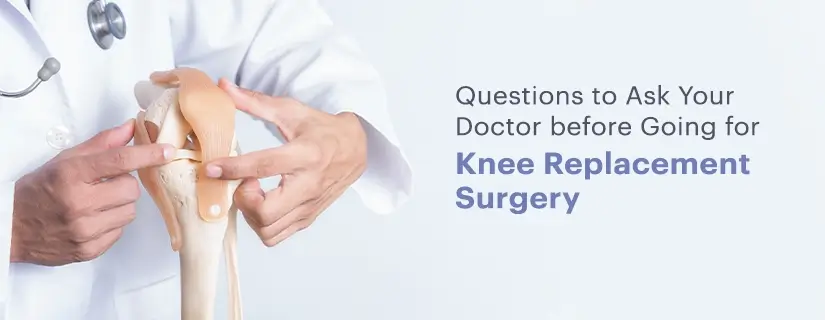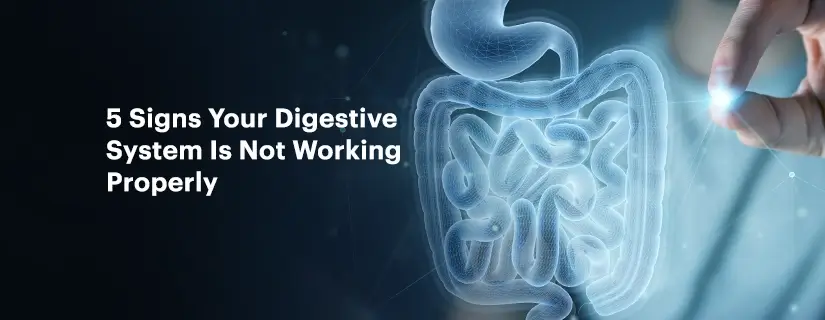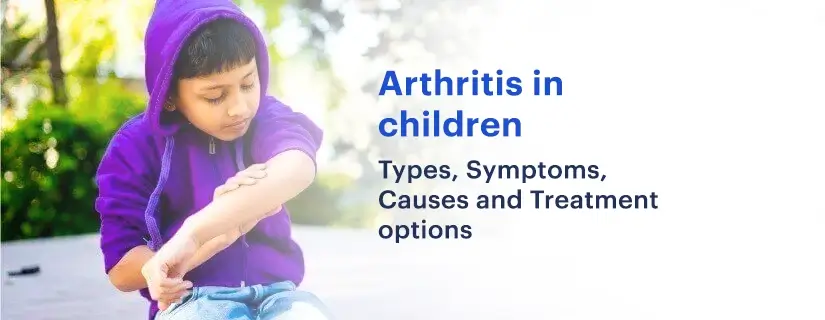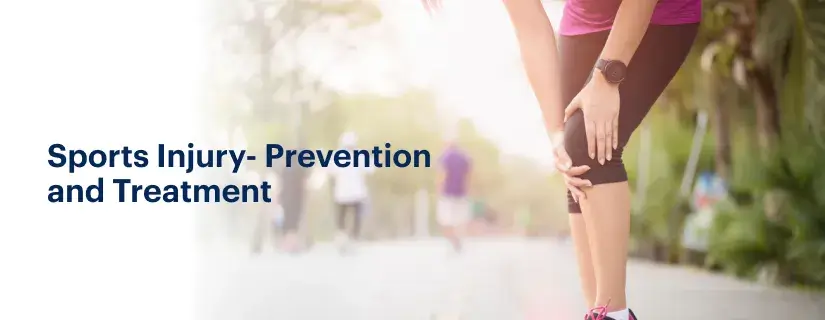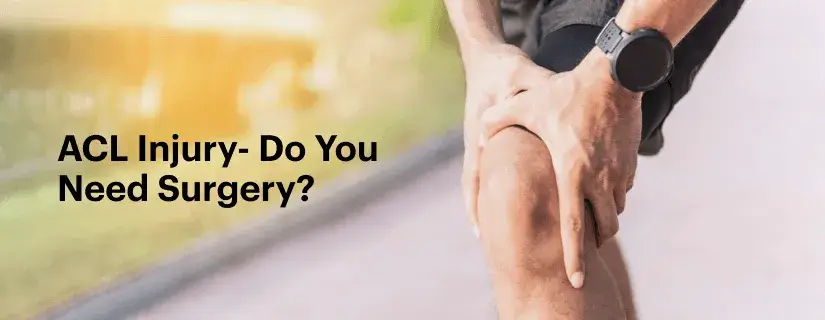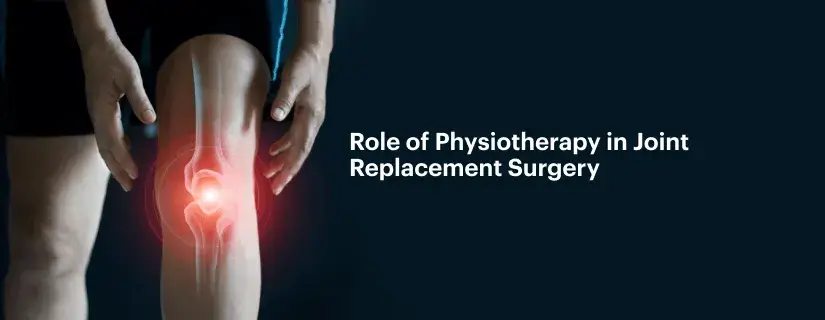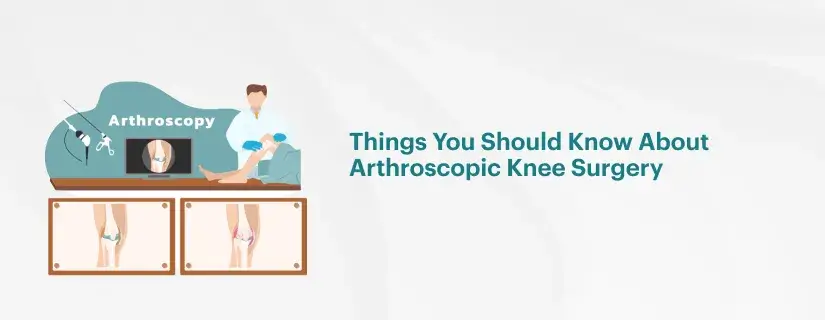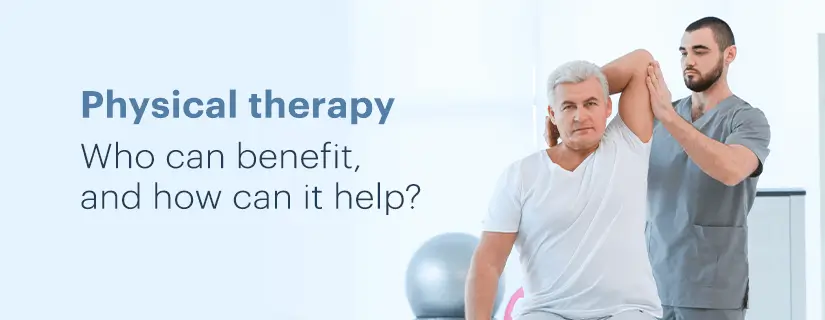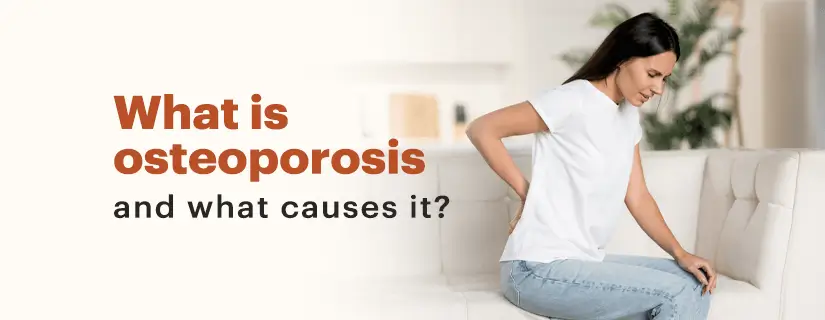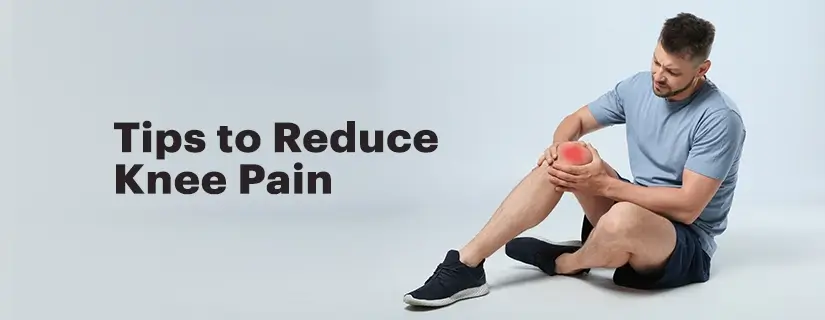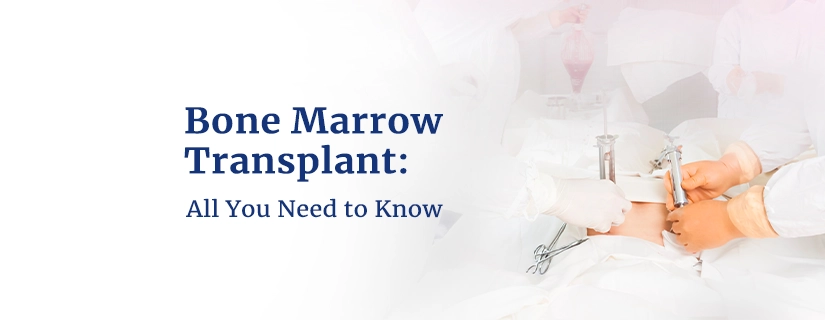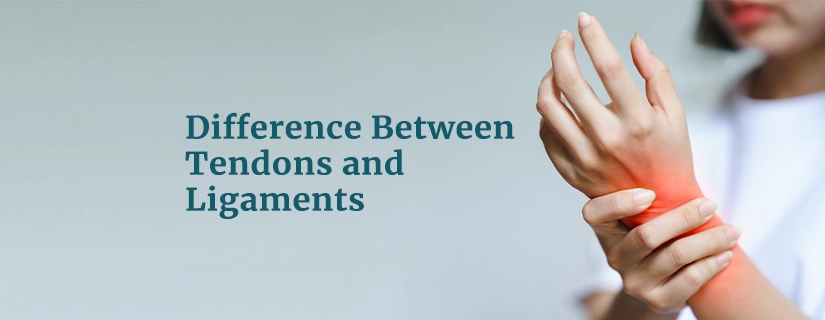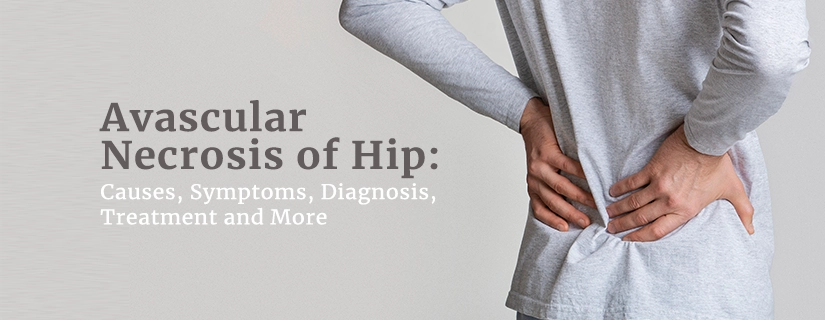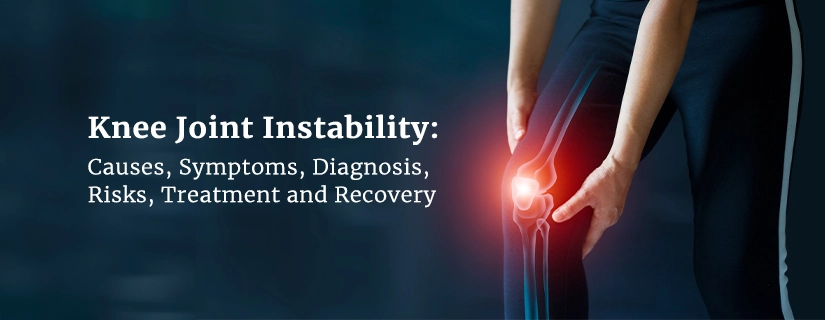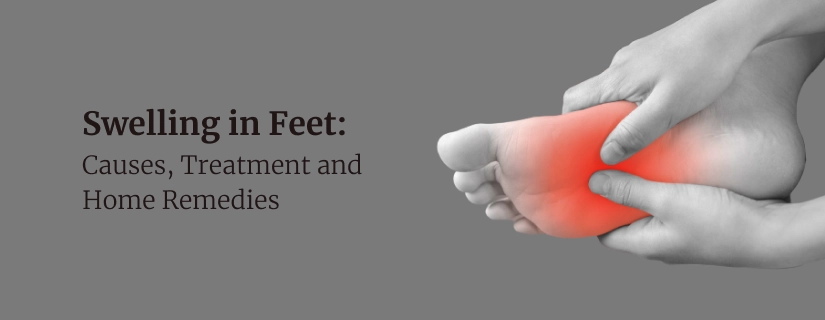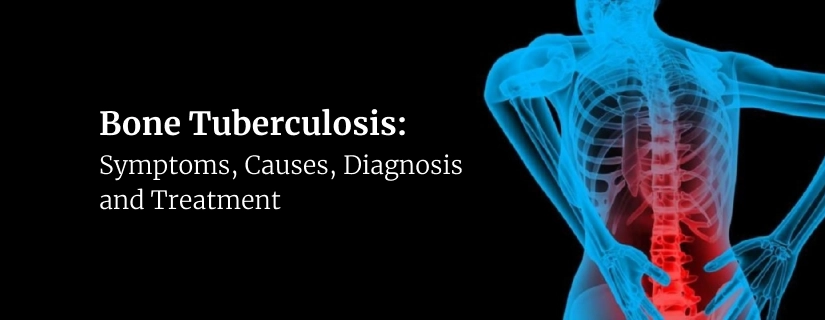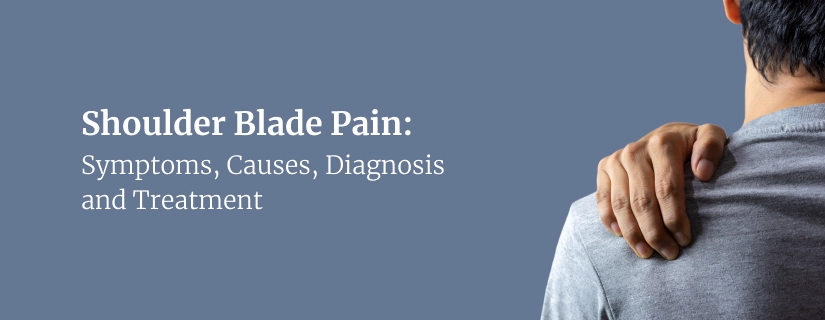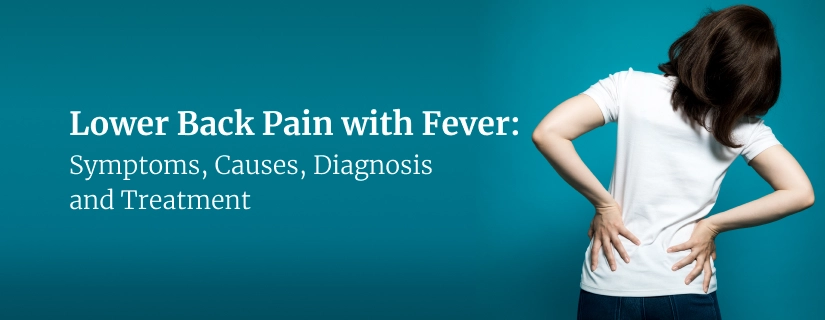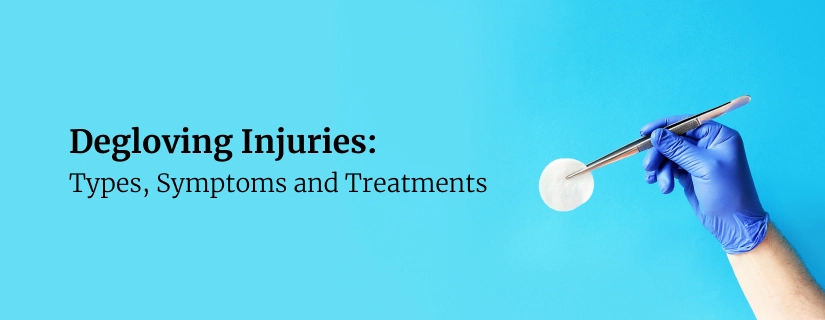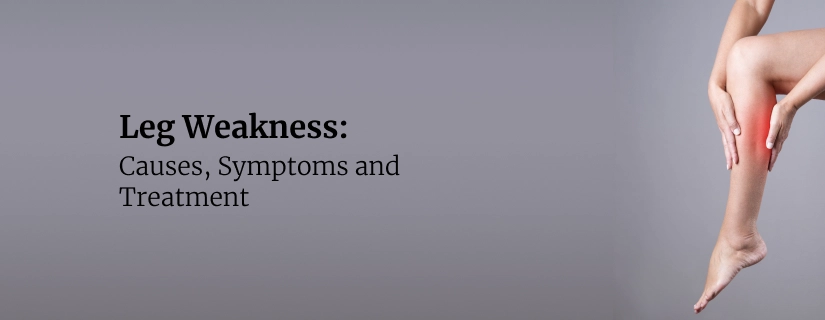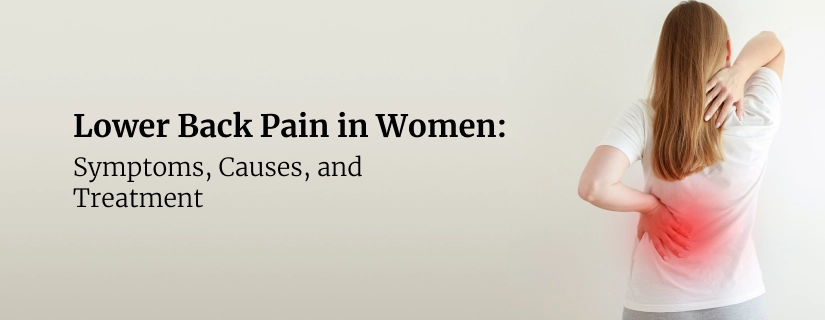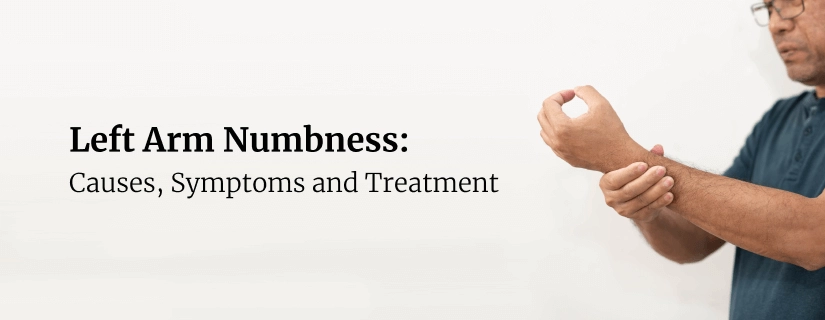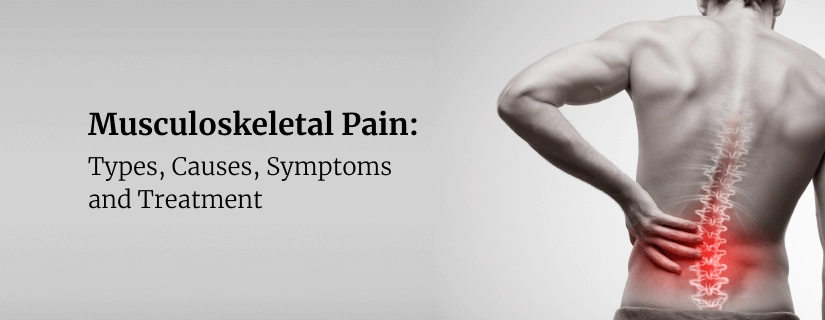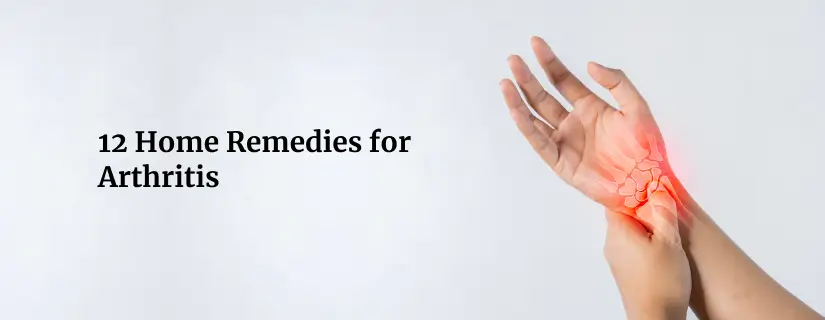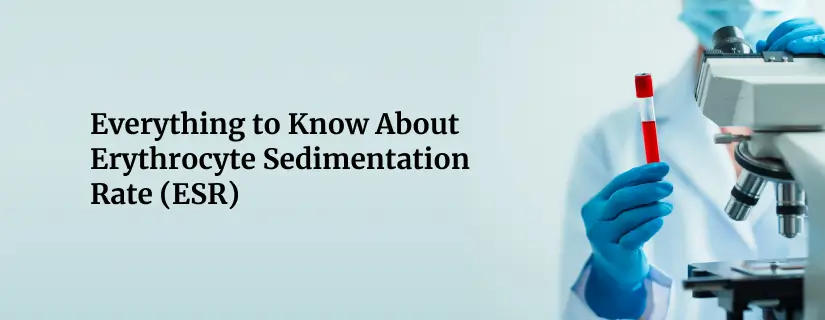-
Doctors
-
Specialities & Treatments
Centre of Excellence
Specialties
Treatments and Procedures
Hospitals & Directions HyderabadCARE Hospitals, Banjara Hills CARE Outpatient Centre, Banjara Hills CARE Hospitals, HITEC City CARE Hospitals, Nampally Gurunanak CARE Hospitals, Musheerabad CARE Hospitals Outpatient Centre, HITEC City CARE Hospitals, Malakpet
HyderabadCARE Hospitals, Banjara Hills CARE Outpatient Centre, Banjara Hills CARE Hospitals, HITEC City CARE Hospitals, Nampally Gurunanak CARE Hospitals, Musheerabad CARE Hospitals Outpatient Centre, HITEC City CARE Hospitals, Malakpet Raipur
Raipur
 Bhubaneswar
Bhubaneswar Visakhapatnam
Visakhapatnam
 Nagpur
Nagpur
 Indore
Indore
 Chh. Sambhajinagar
Chh. SambhajinagarClinics & Medical Centers
Book an AppointmentContact Us
Online Lab Reports
Book an Appointment
Consult Super-Specialist Doctors at CARE Hospitals
Cervical Spondylosis: Symptoms, Causes, Risks Factors, Prevention and Treatment
Updated on 9 February 2024
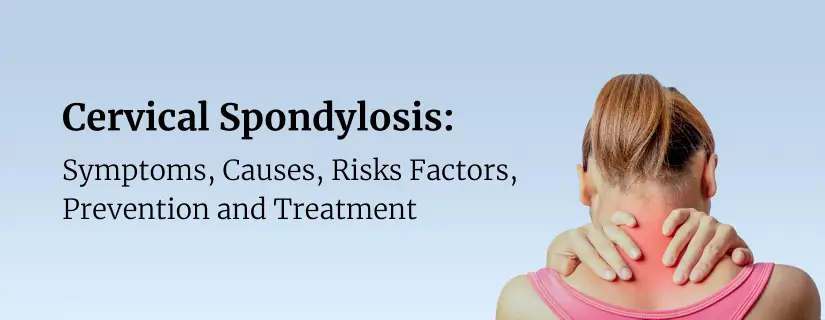
Cervical spondylosis is a common age-related condition affecting the cervical spine. As individuals grow older, degenerative changes occur in the bones, discs, and ligaments of the neck, which can lead to pain, stiffness, and neurological symptoms. In this article, we will provide an overview of cervical spondylosis, including a definition of the condition, its causes, risk factors, symptoms, diagnosis, treatments, and tips for prevention and management.
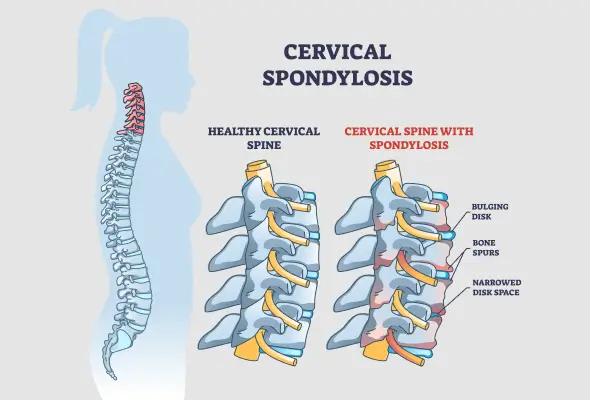
What is Cervical Spondylosis?
Cervical spondylosis is the degenerative changes to the spinal discs and vertebrae in the neck that occur with advancing age. As people get older, the discs lose moisture and shrink. This causes the vertebrae to rub together, resulting in bony spurs along the edges of the bones. The discs harden, and the ligaments connecting the vertebrae stiffen. Essentially, the neck joints degenerate in a process similar to osteoarthritis in other joints like the knees and fingers.
An individual with cervical spondylosis may experience:
- Pain and stiffness resulting from the bone spurs
- Degenerating discs pinching
- Compressing the spinal cord and nerve roots in the neck.
While some degree of disc degeneration is expected with ageing, factors contribute to the progression of cervical spondylosis include:
- genetics,
- smoking, and
- repetitive neck motion.
In severe cases, the compressed spinal cord can cause numbness, lack of coordination, and even loss of bladder control if left untreated.
Symptoms of Cervical Spondylosis
Cervical spondylosis often does not produce symptoms for many years. As the condition progresses, common symptoms include:
- Neck stiffness: Especially in the morning, pain may worsen with activities requiring neck motion, such as driving, looking upwards, or turning the head.
- Back Pain: As degenerating discs narrow the space for the spinal cord and nerve roots, many patients experience radicular pain radiating down the shoulders, arms, and hands. Numbness or tingling in the extremities can also occur.
- Weakness: Severe cases can lead to muscle weakness, impaired coordination, and balance issues stemming from spinal cord compression. When spinal cord damage is significant, patients may experience a loss of bladder and bowel control. Difficulty walking steadily often accompanies this progression.
- Inability to Function: Advanced cervical spondylosis may compress the brainstem and its vital nerves that control functions like breathing, blood pressure, and heart rate. This dangerous condition requires prompt medical intervention.
Since symptoms develop slowly, regular neck exams are crucial for detecting cervical spondylosis before irreversible damage occurs. Patients noticing any numbness, tingling, or lack of coordination in the arms and legs should see a physician, as these can be signs of advanced nerve compression requiring treatment.
Causes of Cervical Spondylosis
- Age: Cervical spondylosis stems from age-related degenerative changes in the cervical spine anatomy.
- Neck Stress: Repeated neck movements and mechanical stress over time can accelerate the breakdown of the intervertebral discs.
- Abnormal Bone Growth: As disc hydration and height diminishes, vertebrae shift closer, allowing abnormal bone growth along joint surfaces.
- Bone Cracks: The discs themselves develop cracks and protrusions that can compress spinal nerves.
- Poor Vertebral Support: Deconditioning of the cervical muscles leads to poor support for the vertebral column.
- Stiff Ligaments: Ligaments around the facet joints and spinal canal stiffen and thicken.
Genetic factors may predispose certain individuals to premature disk degeneration. This multifaceted process of anatomical changes diminishes range of motion and space for the spinal cord, gradually resulting in symptomatic spondylosis.
Risk Factors
- Age: Age is the top risk factor, with over 85% of individuals over 60 affected.
- Job: Occupations requiring repetitive neck motion or constant vibration raise susceptibility to early onset spondylosis.
- Previous Injuries: Prior severe neck injuries from trauma can hasten joint deterioration.
- Genetic: Genetic factors cause some to experience disk dehydration and bone spur formation earlier than expected.
- Diseases: Systemic diseases like rheumatoid arthritis or autoimmune conditions also increase the chances of developing neck arthritis.
- Smoking: Additionally, studies show associations between smoking and greater progression of degenerative cervical changes.
By recognising risk factors like family history, neck-intensive jobs, or underlying diseases, patients can seek earlier evaluation and treatment to slow the development of symptomatic cervical spondylosis.
Prevention
While cervical spondylosis cannot be fully prevented as a part of ageing, certain lifestyle measures can help slow its progression:
- Performing targeted neck exercises builds muscular strength to better support the cervical vertebrae.
- Stretching and massage maintain flexibility and range of motion.
- Using proper posture and ergonomic positioning when working or driving reduces mechanical stress on the neck.
- Quitting cigarette smoking enhances spinal disk health.
- Avoiding repetitive strain from poor neck positioning limits cumulative damage.
While the degeneration of discs and vertebrae cannot be stopped entirely, a proactive regimen focused on flexibility, strength, and reducing neck strain can help delay the onset of symptomatic cervical spondylosis. Patients who engage in these prevention strategies tend to have better function and quality of life.
Complications
In most patients, cervical spondylosis progresses gradually over many years without causing major neurological impairment. However, advanced degenerative changes can lead to dangerous complications if left untreated, such as:
- Risk Senses and Motor Nerves: Large bone spurs or herniated discs that significantly compress the spinal cord risk permanently damaging sensory and motor nerves.
- Nerve Injury: Symptoms like numbness, tingling, weakness, or gait instability should prompt urgent medical evaluation to prevent irreparable nerve injury.
- Irritable Daily Functions: Severe cervical spondylosis also poses risks to bowel, bladder, sexual, and autonomic functions if spinal cord compression goes unchecked.
Early intervention and monitoring for symptoms are key, as treating cervical spondylosis before neurological damage accrues can help preserve nerve function and quality of life.
Treatments
Cervical spondylosis can often be managed conservatively through:
- Lifestyle changes: A combination of lifestyle modifications, medications, physical therapy, massage, and therapeutic injections.
- Over-the-counter NSAIDs: They help alleviate inflammation and pain.
- Stretching: Stretching, massage, and targeted exercises focused on neck mobility and posture may provide relief.
- Injections: Epidural steroid injections around irritated nerves can temporarily reduce inflammation.
- Surgery: Cases unresponsive to other measures may require surgery to address bone spurs or herniated discs compressing the spinal cord and leading to neurological deficits. The goals of surgery are to stabilise the cervical spine and decompress pinched nerves.
Recovery involves neck bracing and post-operative physical therapy to rebuild strength and range of motion. With a step-wise approach, most patients find effective therapies to manage symptoms.
Conclusion
While cervical spondylosis often emerges as an unavoidable consequence of ageing, proactive management can help maintain neck mobility and function. Using pain as a warning sign, addressing neck stiffness with stretching, and correcting poor posture slow down progression. Over-the-counter anti-inflammatories and targeted physical therapy exercises ease symptoms while strengthening supportive muscles. Surgery may still be required in advanced cases but is not the sole option. With appropriate therapy and consistent self-care, most cervical spondylosis patients can enjoy productive lives.

ENQUIRY FORM
SELECT CATEGORIES
-
Neurosciences (16)
-
Neurology (37)
-
Neurosurgery (14)
-
Orthopaedics (48)
-
Oncology (33)
-
Obstetrics and gynecology (51)
-
Pulmonology (23)
-
Urology (20)
-
Nephrology (13)
-
Psychiatry (7)
-
Dietetics and Nutrition (111)
-
General Medicine (63)
-
Cardiac Sciences (30)
-
Vascular & Endovascular Surgery and Interventional Radiology (10)
-
Gastroenterology (46)
-
Endocrinology (23)
-
Plastic Surgery (10)
-
Critical Care Medicine (5)
-
COVID-19 (16)
-
Dermatology (16)
-
Emergency Care (1)
-
Ophthalmology (4)
-
Pediatrics (14)
-
Laparoscopic and Bariatric Surgery (8)
-
ENT (15)
-
Kidney Transplant (1)
-
Liver Transplantation and Hepatobiliary Surgery (5)
-
General Surgery (3)
-
Internal Medicine (5)
-
Medicine Information
Swollen Knee: Causes, Treatment and Prevention
How to Stop Leg Cramps Immediately
YOU MAY ALSO LIKE
RECENT BLOGS
-
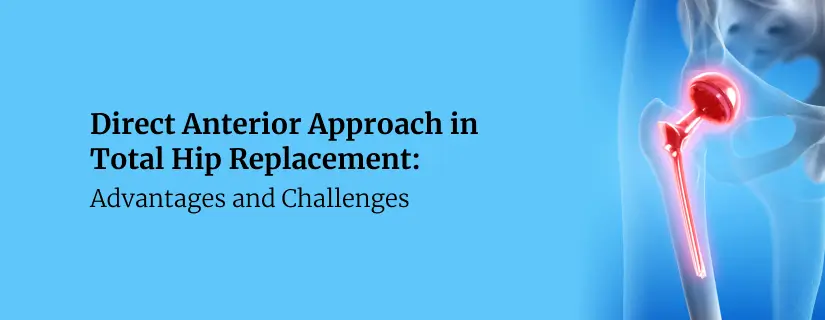
Direct Anterior Approach in Total Hip Replacement: Advantages and Challenges
10 April 2025
Read More
-
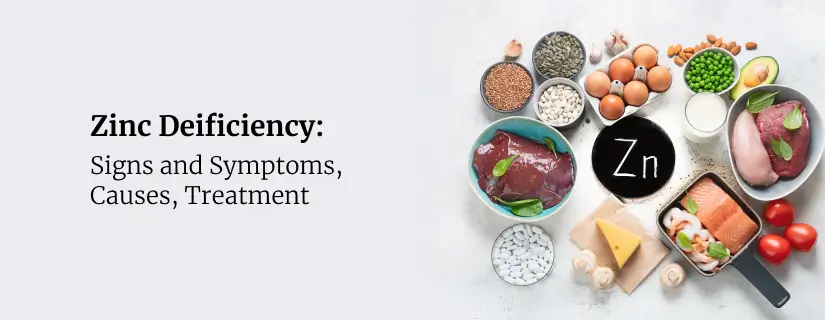
Zinc Deficiency: Signs and Symptoms, Causes, Treatment
9 April 2025
Read More
-
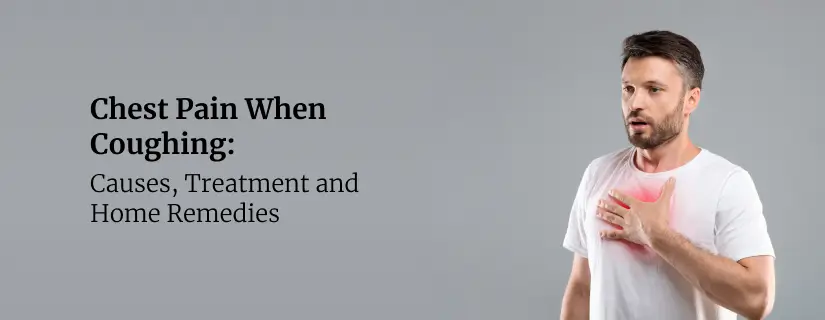
Chest Pain When Coughing: Causes, Treatment and Home Remedies
9 April 2025
Read More
-

12 Health Benefits of Eating Mushrooms
8 April 2025
Read More
-

7 Health Benefits of Blood Donation You Should Know About
8 April 2025
Read More
-

Implantation Bleeding Vs Periods: Know the Difference
28 February 2025
Read More
-

Bloating During Ovulation: Symptoms, Causes and Remedies
28 February 2025
Read More
-
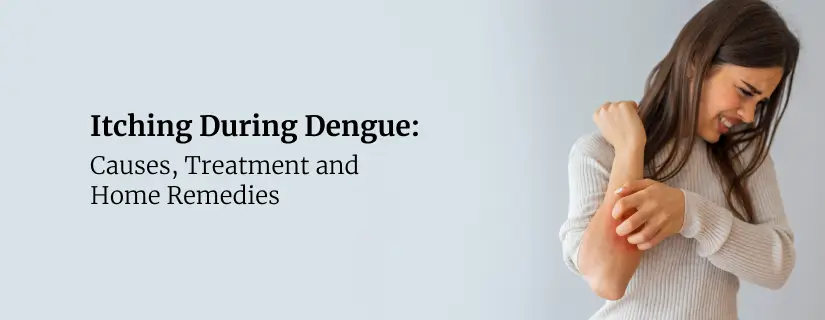
Itching During Dengue: Causes, Treatment and Home Remedies
18 February 2025
Read More
Have a Question?
If you cannot find answers to your queries, please fill out the enquiry form or call the number below. We will contact you shortly.





